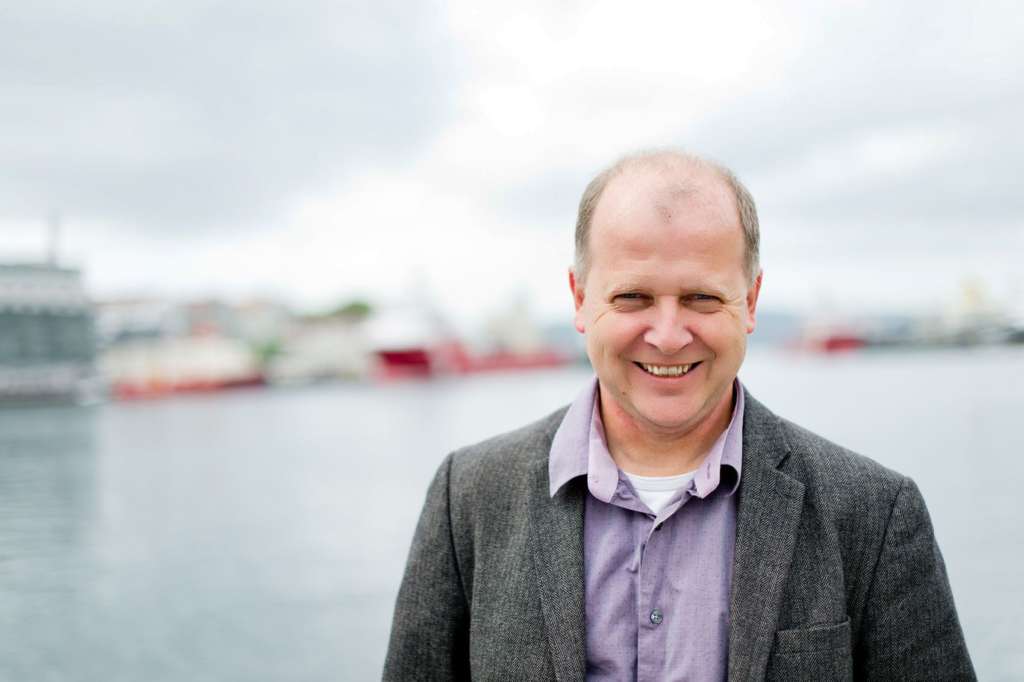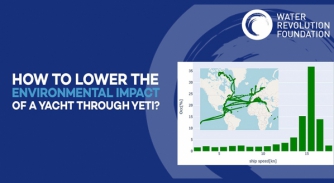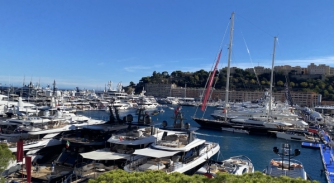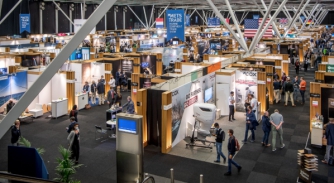Incentivising emissions reductions
Cruise ships visiting Bergen and reporting to the Environmental Port Index (EPI) can see their port fees reduced…
The Environmental Port Index (EPI) is a registered company that offers financial incentives to vessels to operate in a more environmentally friendly way while in port. It achieves this by providing information to ports that link a vessel's environmental performance to the port fees that they will be charged.
SuperyachtNews speaks with Even Husby, the Head of Environment at the Port of Bergen and CEO of EPI, about how EPI works and its potential application for superyachts in the future.
 Even Husby, the Head of Environment at the Port of Bergen and CEO of EPI
Even Husby, the Head of Environment at the Port of Bergen and CEO of EPI
According to Husby, the EPI was born out of frustrations with the fragmented or total lack of transparency in the operational environmental performance of cruise ships in Norway. EPI provides a consistent approach to measuring emissions, offering a broader understanding of how a ship's operational performance affects emissions when in port.
The EPI process begins by establishing a ship's baseline. This assesses the maximum tolerable quantities of different air emissions that can occur when a ship is in port, including CO2, SO2, NOx, and particle levels. These calculations are based on both the ship's generators/engines and international regulations such as the IMO tiers for NOx and SOx emissions.
After the assessment, upon departure, a ship self-reports key utility data to the EPI, including fuel consumption, fuel quality, and the use of emission reduction technologies like scrubbers and SCR systems. This information is then used to estimate associated emissions, which are further calculated using a process quality-controlled by DNV, creating a score compared to the baseline.
A score of 0 represents the highest direct air emissions from the ship, while a score of 100 indicates zero direct air emissions, achieved by connecting to shore power. The EPI provides this database to ports, allowing them to incentivize environmentally friendly practices by increasing fees for those not performing well in reducing environmental impact.
"While initial adoption has been focused on Norway, recent interest has emerged from Iceland, with a total of 29 participating ports. Over 100 ships are now in the EPI database, including 111 cruise ships operated by 18 different companies."
Husby believes that the potential for emissions reduction is substantial, primarily because EPI assesses the actual operational reductions made when at port, rather than the technical capabilities onboard for reductions. EPI data has shown a midsize cruise ship can typically reduce CO2 emissions by up to 20% on average due to reduced fuel usage. These reductions across the reporting fleet so far have contributed to a total SOx reduction of 12 tonnes and a NOx reduction of 300 tonnes.
Superyachts are "high on the agenda" for future developments of EPI, alongside plans to expand into popular cruise areas such as the Mediterranean and North America and include other types of emissions. They also aim to expand the range of vessel types reporting to the database.
"The Port of Bergen has experience with visiting superyachts and has shown interest in superyacht involvement with EPI," Husby points out. In March 2023, a partnership was announced between the SEAIndex and EPI. This collaboration aims to draw from their collective experience to build a better system for superyachts within EPI.
If more destinations visited by superyachts adopt the incentive scheme provided by accessing EPI information, at the same time as existing superyacht reporting programmes such as YETI from Water Revolution and SEAIndex gather momentum, there is significant potential for emission reductions, similar to the impact observed in the cruise industry.
NEW: Sign up for SuperyachtNewsweek!
Get the latest weekly news, in-depth reports, intelligence, and strategic insights, delivered directly from The Superyacht Group's editors and market analysts.
Stay at the forefront of the superyacht industry with SuperyachtNewsweek
Click here to become part of The Superyacht Group community, and join us in our mission to make this industry accessible to all, and prosperous for the long-term. We are offering access to the superyacht industry’s most comprehensive and longstanding archive of business-critical information, as well as a comprehensive, real-time superyacht fleet database, for just £10 per month, because we are One Industry with One Mission. Sign up here.
Related news

EU sets new battery sustainability regulations
After an EU Parliament vote, the European Council adopts new regulations strengthening sustainability rules for battery use and waste
Technology

MB92 Group announces ‘Refit for the Future’
The dedicated sustainability refit service aims to help reduce the environmental impact of yachts, cut operational and financing costs, and protect resale value
Crew

YETI 1.0 goes live
The Yacht Environmental Transparency Index (YETI) from Water Revolution Foundation aims to define industry sustainability with data
Crew

MYS Sustainability Conference highlights
The opening conference of the show saw some of the industry's innovators in sustainable development outline their visions
Technology

Superyacht Sustainability Route - METSTRADE 2022
In partnership with Water Revolution Foundation, the initiative at METSTRADE will help exhibitors to verify the sustainability credentials of exhibitors
Business
Related news
EU sets new battery sustainability regulations
3 years ago
MB92 Group announces ‘Refit for the Future’
3 years ago
YETI 1.0 goes live
3 years ago
MYS Sustainability Conference highlights
3 years ago
Superyacht Sustainability Route - METSTRADE 2022
4 years ago
NEW: Sign up for
SuperyachtNewsweek!
Get the latest weekly news, in-depth reports, intelligence, and strategic insights, delivered directly from The Superyacht Group's editors and market analysts.
Stay at the forefront of the superyacht industry with SuperyachtNewsweek



